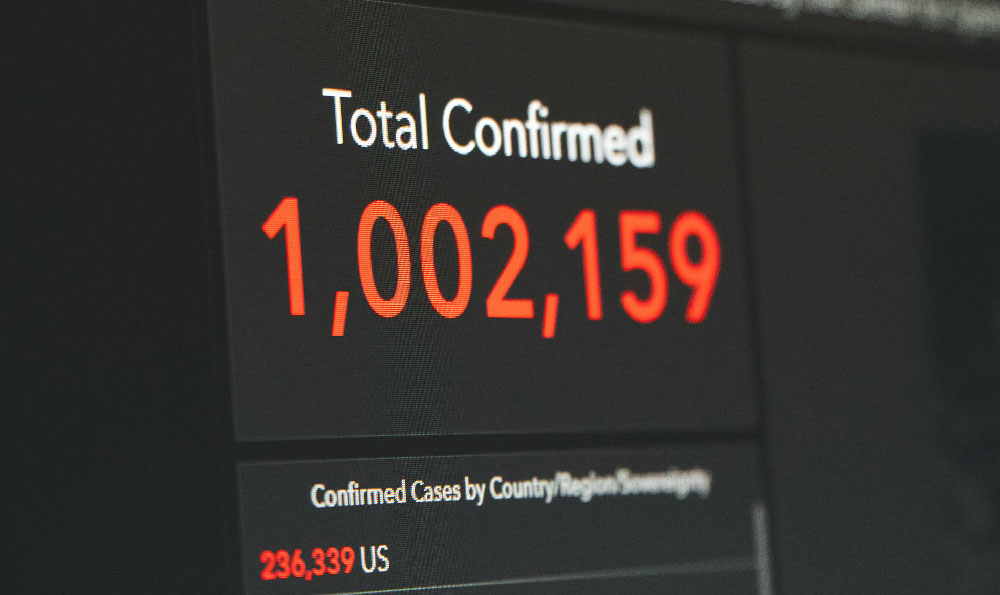Turning a Passion into Profit: A Comprehensive Guide to Blogging
The digital landscape is brimming with opportunities, and blogging stands out as a particularly accessible and rewarding path to financial independence. However, transforming a personal blog into a profitable venture requires more than just passion; it demands a strategic approach, consistent effort, and a keen understanding of the online ecosystem. This guide will navigate you through the essential steps and realistic expectations involved in starting a blog for profit, offering insights into everything from niche selection to monetization strategies.
1. Identifying Your Niche and Audience: The Foundation of Success

Before even thinking about website design or content creation, the most crucial step is identifying your niche and defining your target audience. Your niche is the specific subject area your blog will focus on. The narrower your niche, the easier it will be to attract a dedicated audience and establish yourself as an authority.
Consider your passions, expertise, and market demand. Are you deeply interested in sustainable living, vegan baking, personal finance for millennials, or perhaps a specific type of gaming? Conduct thorough research to gauge the competition within your chosen niche and identify underserved areas. Tools like Google Keyword Planner, Ahrefs, and Semrush can help you analyze search volume and competition for various keywords related to your potential niche.
Defining your target audience is equally important. Who are you writing for? What are their interests, pain points, and aspirations? Understanding your audience allows you to tailor your content to their specific needs, making your blog more relevant and engaging. Create a detailed audience persona that outlines their demographics, online behavior, and the types of information they are seeking.
2. Building Your Blog: Platform, Design, and Essential Pages
With your niche and audience defined, it's time to build your blog. The most popular and versatile platform for blogging is WordPress.org (not WordPress.com, which is a hosted service with limitations). WordPress.org is self-hosted, meaning you'll need to choose a web hosting provider like Bluehost, SiteGround, or DreamHost. These providers offer affordable hosting plans specifically designed for WordPress.
Choosing a professional and user-friendly theme is crucial. A well-designed theme enhances the user experience, making your blog visually appealing and easy to navigate. Look for themes that are responsive (mobile-friendly), SEO-optimized, and customizable to reflect your brand.
Essential pages for your blog include:
- Homepage: The first impression your blog makes. It should showcase your best content and clearly communicate your niche.
- About Page: Tell your story and connect with your audience on a personal level. Highlight your expertise and why readers should trust your advice.
- Contact Page: Provide a way for readers to reach out with questions, feedback, or collaboration opportunities.
- Privacy Policy: A legal requirement that outlines how you collect and use user data.
3. Creating High-Quality Content: The Heart of Your Blog
Content is king. To attract and retain readers, you need to consistently create high-quality, informative, and engaging content. Focus on providing value to your audience by addressing their needs, solving their problems, and entertaining them with compelling stories.
- Content Types: Experiment with different content formats, including blog posts, articles, guides, tutorials, reviews, and videos.
- SEO Optimization: Optimize your content for search engines by using relevant keywords, creating compelling meta descriptions, and building internal and external links.
- Consistency: Establish a consistent posting schedule to keep your audience engaged and coming back for more.
4. Promoting Your Blog: Expanding Your Reach
Creating great content is only half the battle. You also need to actively promote your blog to reach a wider audience.
- Social Media Marketing: Utilize social media platforms like Facebook, Twitter, Instagram, and LinkedIn to share your content, engage with your audience, and build your brand.
- Email Marketing: Build an email list to nurture your audience and promote your latest content. Offer a valuable lead magnet (e.g., a free ebook, checklist, or template) in exchange for email sign-ups.
- Guest Blogging: Write guest posts for other blogs in your niche to reach a new audience and build backlinks to your own blog.
- SEO (Search Engine Optimization): Implement SEO best practices to improve your blog's ranking in search engine results pages (SERPs).
5. Monetization Strategies: Turning Traffic into Revenue
Once you have a decent amount of traffic, you can start monetizing your blog. Several monetization strategies are available, each with its own advantages and disadvantages.
- Affiliate Marketing: Promote other companies' products or services and earn a commission for each sale made through your affiliate link.
- Advertising: Display ads on your blog using platforms like Google AdSense. You earn revenue based on the number of impressions or clicks your ads receive.
- Selling Digital Products: Create and sell your own digital products, such as ebooks, online courses, templates, or software.
- Selling Physical Products: If your niche lends itself to physical products, consider selling them through your blog using e-commerce platforms like Shopify or WooCommerce.
- Sponsored Posts: Partner with brands to create sponsored content that promotes their products or services.
- Consulting/Services: Offer your expertise as a consultant or freelancer.
6. Setting Realistic Expectations: The Long-Term Game
It's crucial to have realistic expectations when starting a blog for profit. Building a successful blog takes time, effort, and patience. Don't expect to become rich overnight.
- Time Commitment: Be prepared to dedicate a significant amount of time to creating content, promoting your blog, and engaging with your audience.
- Consistency is Key: Consistent effort is essential for building momentum and achieving long-term success.
- Patience is a Virtue: It can take several months or even years to build a substantial audience and generate significant revenue.
- Adapt and Evolve: The online landscape is constantly evolving, so be prepared to adapt your strategies and embrace new technologies.
7. Tracking and Analyzing Results: Optimizing for Growth
Monitor your blog's performance using analytics tools like Google Analytics. Track key metrics such as traffic, engagement, and conversions to identify areas for improvement. Analyze your data to understand what's working and what's not, and adjust your strategies accordingly.
Conclusion: Embracing the Journey
Starting a blog for profit is a challenging but rewarding endeavor. By following the steps outlined in this guide, setting realistic expectations, and consistently providing value to your audience, you can turn your passion into a profitable online business. Remember that success requires dedication, perseverance, and a willingness to learn and adapt. Embrace the journey, and enjoy the process of building your own successful blog.











